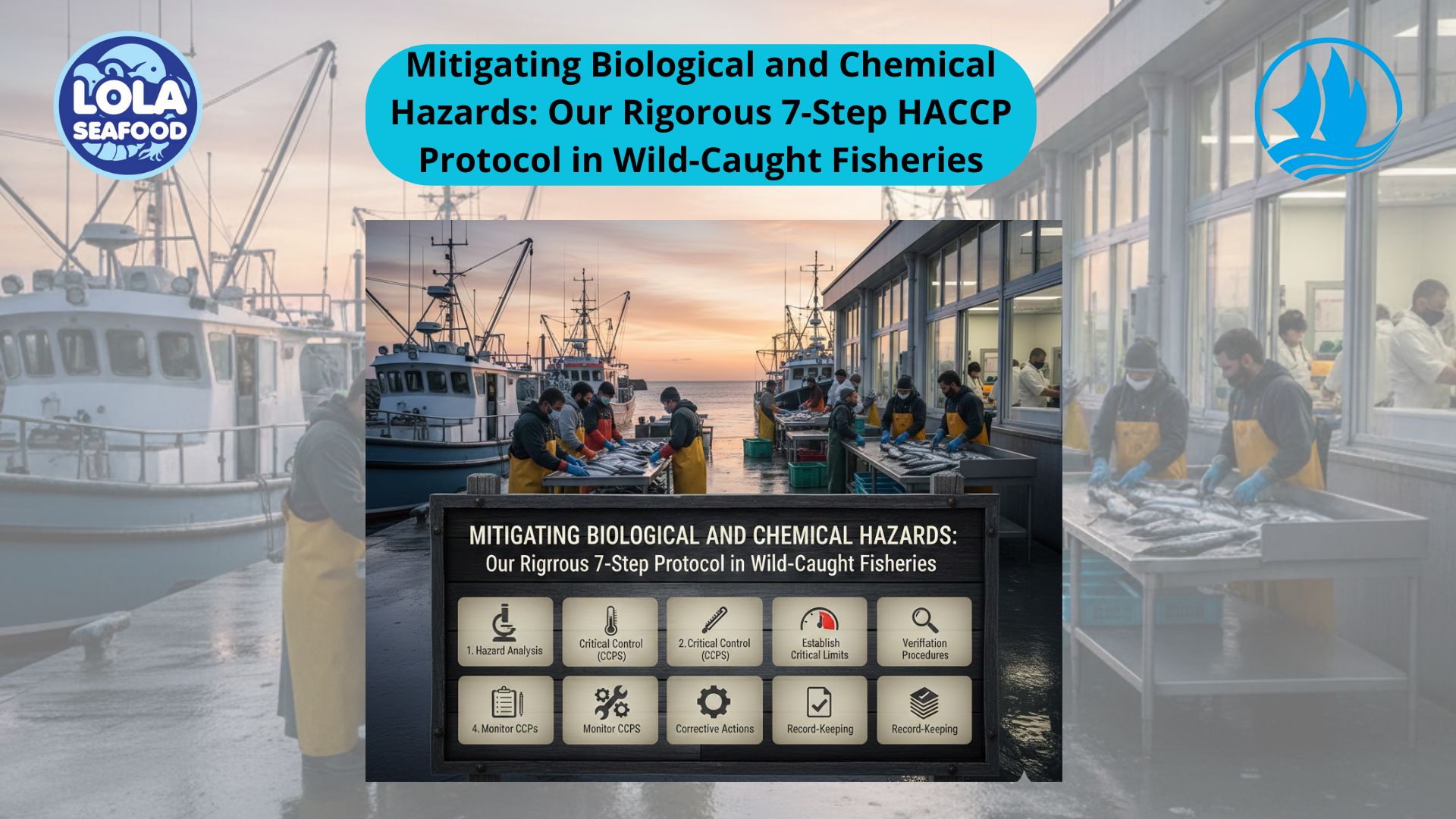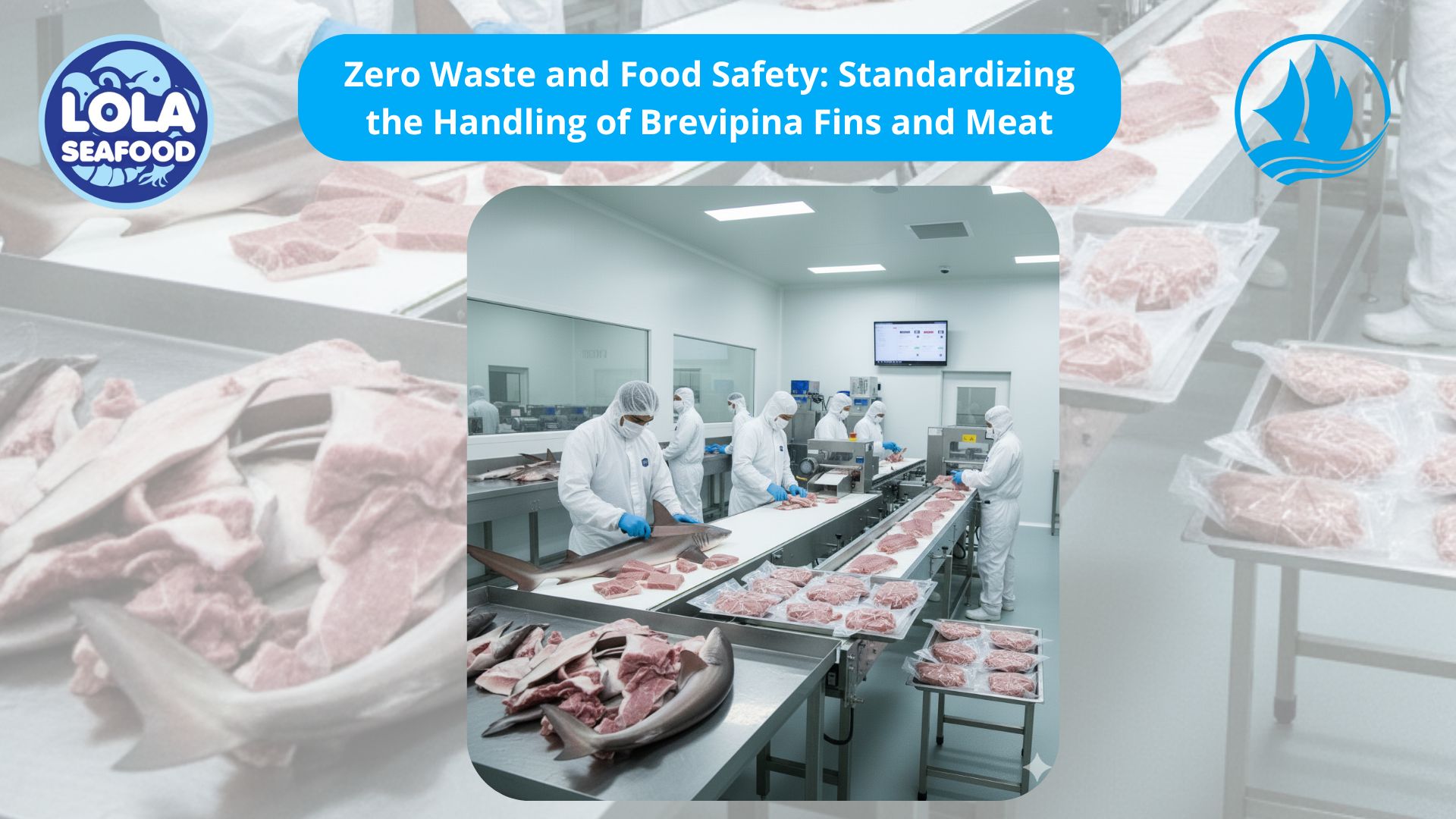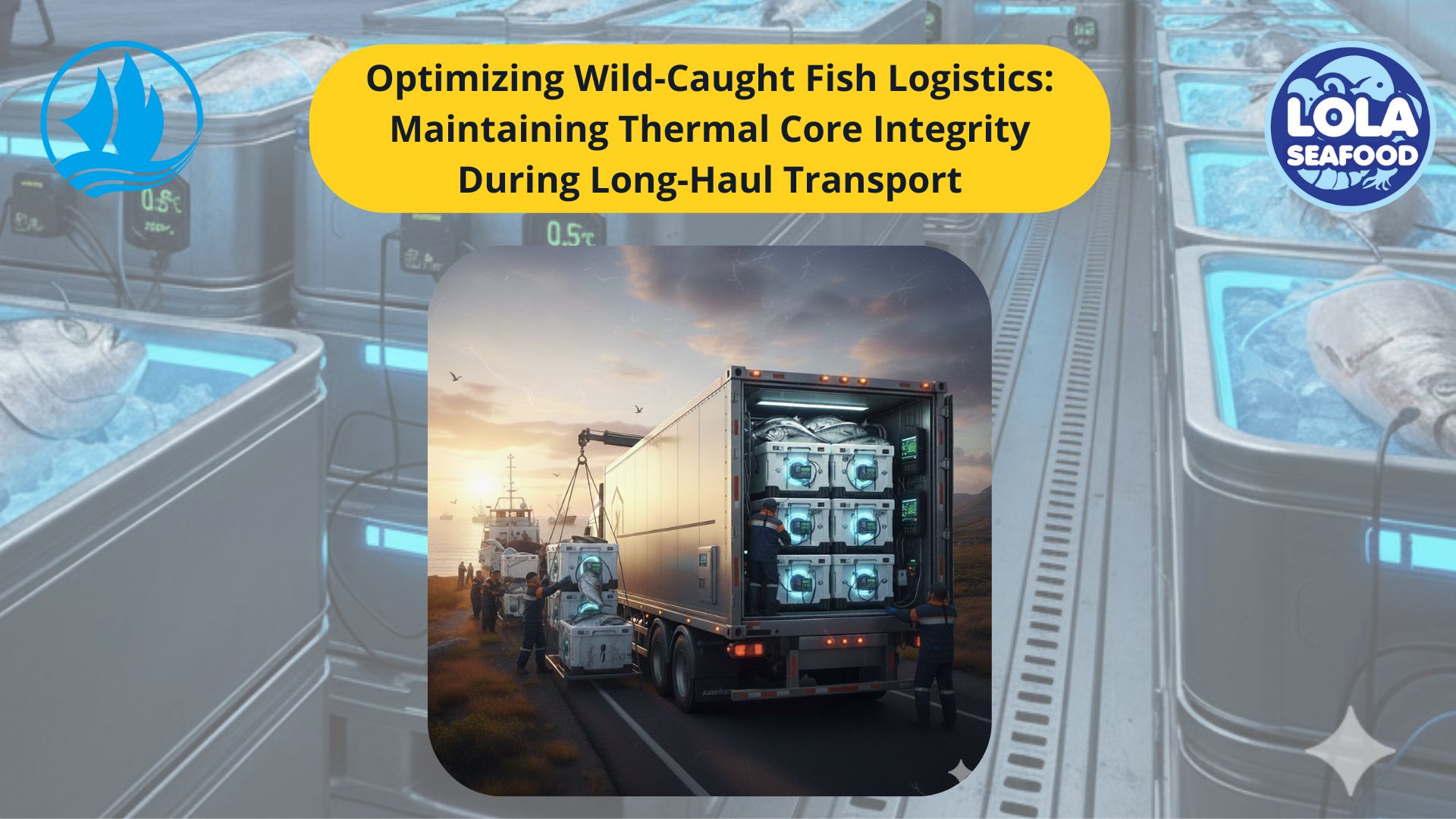How to Know if Boiled Water Is Safe for Sanitation
By. Puji Widyastuti - 26 Aug 2025.jpg)
Kelolalaut.com Boiling is one of the oldest and most effective methods of purifying water. In both everyday hygiene and emergency situations, using boiled water for sanitation helps prevent the spread of harmful bacteria, viruses, and parasites. Whether you're cleaning utensils, surfaces, or washing hands in a setting where clean water isn't readily available, it’s important to understand when boiled water is safe and effective for sanitation.
This article explains how to properly boil water, how to know when it’s safe to use, and how to store and handle it correctly to ensure sanitary conditions.
Why Boil Water for Sanitation?
Boiling water kills most disease-causing microorganisms, including:
• Bacteria like E. coli, Salmonella, and Campylobacter
• Viruses like Norovirus and Hepatitis A
• Protozoa such as Giardia and Cryptosporidium
In situations where water is possibly contaminated — such as after a natural disaster, in underdeveloped areas, or during a water boil advisory — boiling is a safe and simple solution to ensure water is fit for sanitation tasks.
Steps to Properly Boil Water for Sanitation
1. Use Clear Water
If the water is cloudy or contains particles, filter it first using a clean cloth, paper towel, or coffee filter. Let sediment settle, and pour off the clear water from the top.
2. Bring Water to a Rolling Boil
Heat the water in a clean pot or kettle until it reaches a rolling boil — when large bubbles continuously rise and break at the surface.
3. Boil for At Least One Minute
Keep the water at a rolling boil for 1 full minute. If you're at an altitude above 2,000 meters (6,500 feet), boil for 3 minutes due to the lower boiling point.
4. Cool Safely Before Use
Let the water cool naturally in the same container. Do not add ice or cold water to speed up the cooling, as this may reintroduce contaminants.
5. Store Properly
Use a clean, covered container for storage. Avoid touching the inside of the lid or container to prevent recontamination.
How to Know If Boiled Water Is Safe for Sanitation
To ensure the boiled water is truly safe and effective for cleaning and sanitation, follow these checkpoints:
1. Reached a Rolling Boil
The clearest sign that water is sanitized is a continuous, vigorous boil. A simmer or steaming water is not sufficient. Boiling is only effective if large bubbles break the surface consistently.
2. Boiled for the Right Time
• At sea level: 1 full minute
• At high altitudes: 3 full minutes
Cutting the time short may not kill all pathogens, especially in colder or highly contaminated water.
3. Stored in a Clean, Covered Container
Even properly boiled water can become unsafe if stored in a dirty or open container. Use clean bottles or containers with tight lids and label them "Boiled Water – Sanitation Use."
4. No Recontamination
Ensure no one dips hands or utensils into the storage container. Instead, pour water out for use, or use clean scoops dedicated only for this purpose.
How to Use Boiled Water for Sanitation
Boiled water can be used safely for:
• Handwashing (especially in food prep or medical settings)
• Washing utensils and dishes
• Disinfecting surfaces
• Rinsing fruits or vegetables
• Cleaning wounds or medical equipment (if no sterile water is available)
If available, you can combine boiled water with soap or a small amount of disinfectant for added sanitation power.
Knowing when water is truly safe for sanitation is crucial in preventing illness, especially in situations where clean water sources are limited. Boiled water is a simple, accessible solution — but only when handled correctly. Always ensure water reaches a rolling boil, is boiled for the right duration, and is stored and used with care. These small but vital steps can make a big difference in protecting health and maintaining hygiene in any environment.
If youre interested in our Bonito Whole Round , Bonito Fillet Portion Cut and Bonito Fillet Loin please do not hesitate to contact us through email and/or whatsapp

The Dominance of Demersal Fish: The Strategic Export Potential of Indonesia’s Grouper and Parrotfish




.jpg)


